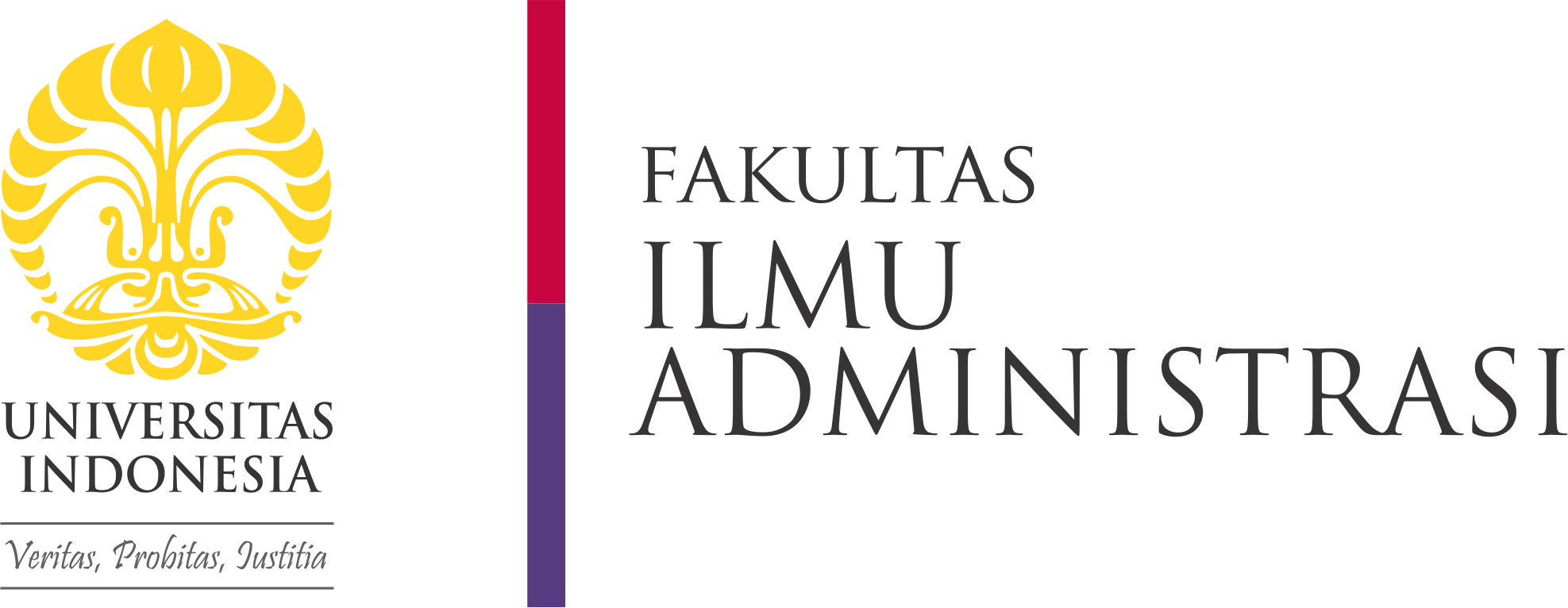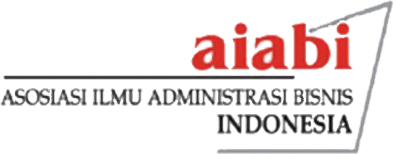Abstract
The purpose of this study is to analyze the policy implementation of the increase in the effective rate of Value Added Tax (VAT) on tobacco from 8.7% to 9.1%. This study applies a qualitative with descriptive approach and data collection techniques of research in the literature and in-depth interviews. The findings show that the policy implementation on the increase in effective rate of VAT on tobacco from 8.7% to 9.1% with the enactment of the Regulation of the Minister of Finance No. 207/PMK.010/2016 has not been in accordance with the formulated objectives of the policy, namely, to minimize the negative externalities of cigarette consumption. This policy of the increase in the effective rate affects state revenues, however, the government's attention to minimize the negative externalities of high cigarette consumption through the policy is considered less accurate considering the cigarette control instruments commonly used in various countries is the excise tax. Cigarette consumption has constantly increased and its negative externalities cannot be minimized by the policies on state levies issued by the government, one of which is the policy on the increase in the effective rate of VAT on tobacco products. The increase in rate may not necessarily be a sustainable source of state revenue or a political instrument to reduce the negative impact of cigarette use in the society. In fact, the number of cigarette users still increases even following the rise of cigarettes prices due to insignificant increase in VAT and the excise rates.
Recommended Citation
Murwendah, Murwendah and Malau, Griselda Mariana
(2018)
"Encountering the Policy Dilemma of the Effective Rate of the Value Added Tax on Tobacco Products,"
BISNIS & BIROKRASI: Jurnal Ilmu Administrasi dan Organisasi: Vol. 25:
No.
3, Article 1.
DOI: 10.20476/jbb.v25i3.9965
Available at:
https://scholarhub.ui.ac.id/jbb/vol25/iss3/1






